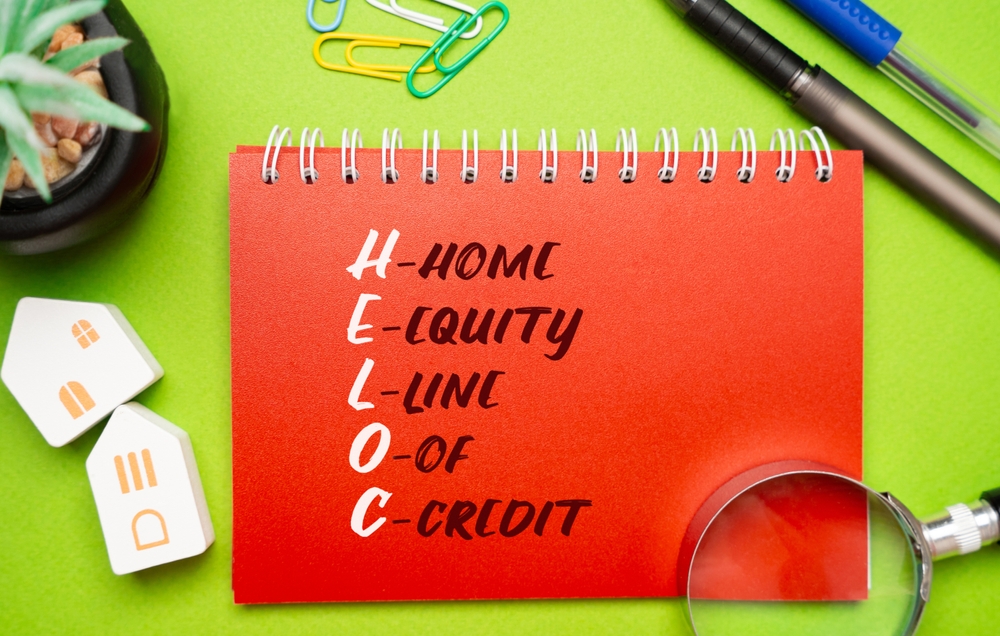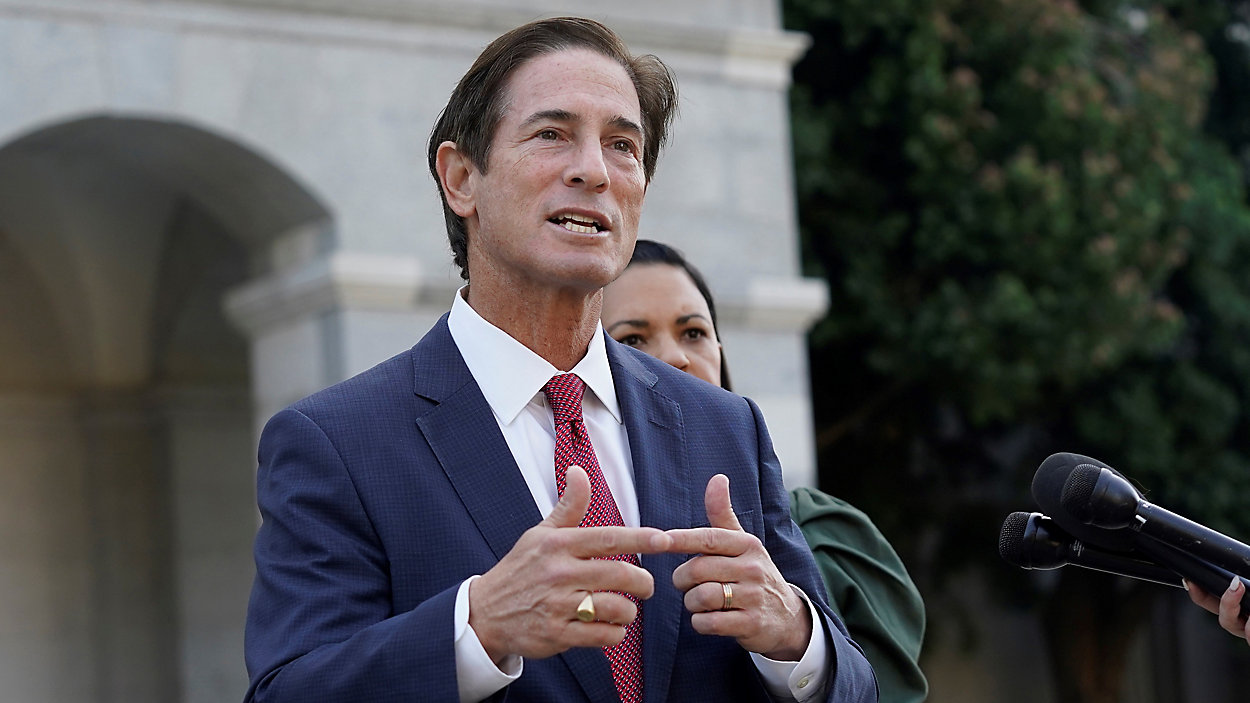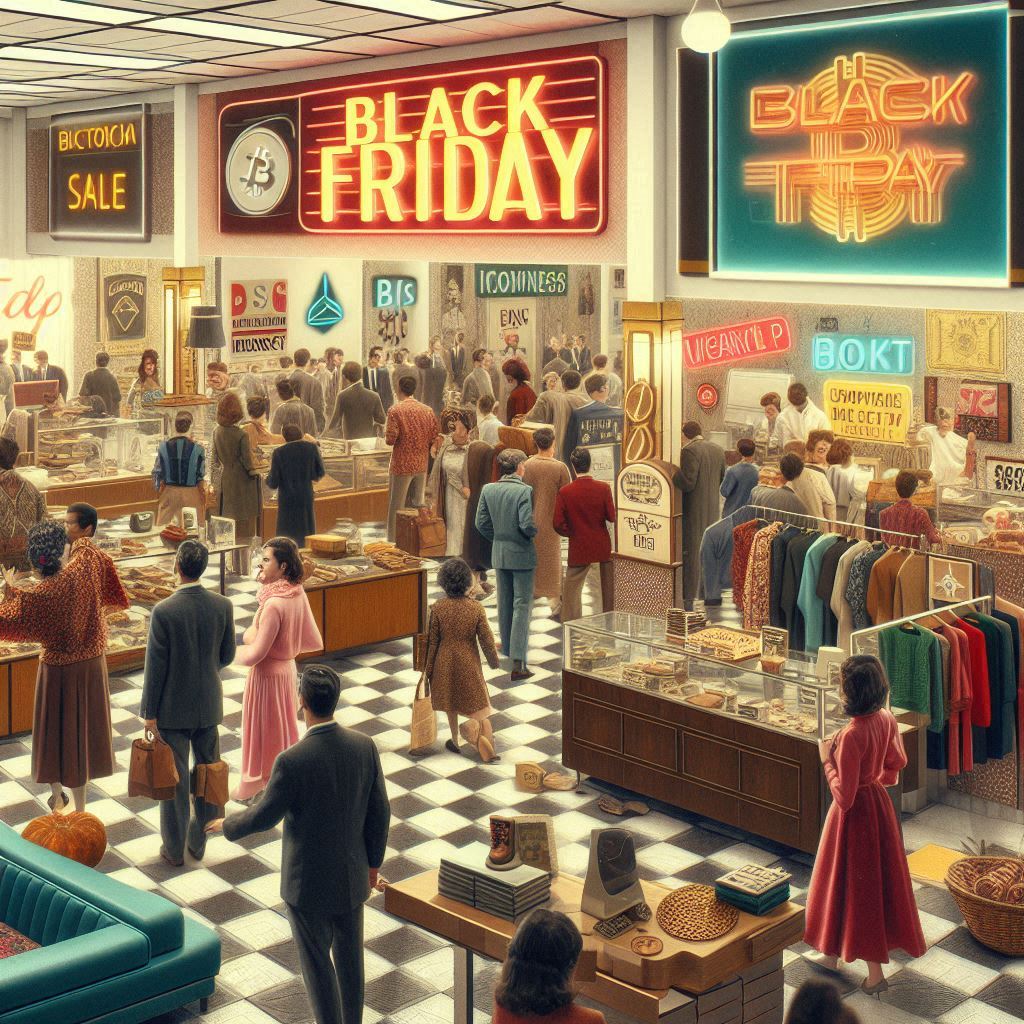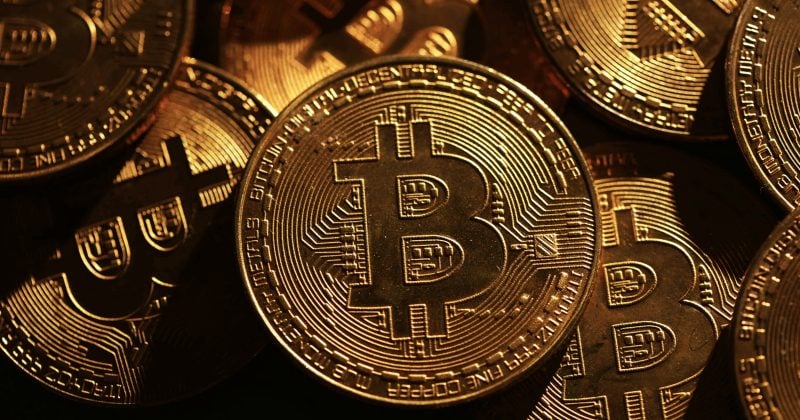Just when everyone thought NFTs were dead, artists are quietly cashing in again—and this time, it’s not just hype. After the 2021 crash, many creators abandoned digital collectibles entirely, but new rules, better platforms, and stronger communities have given NFTs a second wind. From music and photography to AI-generated art, creators are finding ways to earn a steady income without traditional galleries or labels. The difference now? Less speculation, more sustainability. Here’s why NFTs are back—and why artists are seeing real money again in 2025.
1. NFTs Have Moved Beyond “Hype Art”
The first NFT boom was dominated by pixelated monkeys and digital memes. Now, serious artists are using blockchain as proof of authenticity, not just trendiness. Buyers care more about creative value and scarcity than hype or celebrity drops. Established art collectors are returning because the market feels less chaotic. Real art is finally replacing speculation as the main driver.
2. New Platforms Make It Easier (and Cheaper) to Sell
Early NFT sales required expensive gas fees and confusing crypto wallets. In 2025, platforms like Zora, Foundation, and Manifold have simplified minting—some even accept regular credit cards. That’s brought thousands of traditional artists back into the market. Lower fees mean higher profits, and artists keep more control over their work. Accessibility has become the new secret weapon of NFT growth.
3. NFTs Are Becoming Digital Membership Passes
Many creators now use NFTs not just as art, but as exclusive access tokens. Fans who own them get perks like early releases, virtual meetups, or behind-the-scenes content. This adds utility beyond collecting. The model blends art, community, and experience, creating long-term loyalty. Buyers aren’t just purchasing pixels—they’re buying connection.
4. Brands and Museums Are Quietly Re-Entering the Space
After distancing themselves from the NFT chaos of 2022, major institutions like Christie’s, Adidas, and TIME Magazine are back—only this time, they’re cautious and curated. Museums are using NFTs to archive digital works with verified provenance. Brands use them for loyalty programs and authenticated resale. The comeback is subtle, but it’s legitimizing the market all over again.
5. Royalties Are Finally Being Enforced
One of the biggest complaints from artists was the loss of resale royalties on NFT platforms. Now, blockchain standards like ERC-721C are solving that problem by embedding royalties directly into smart contracts. Every time the art sells again, the creator automatically earns a cut. This new reliability is bringing trust—and income—back into the ecosystem.
6. AI and NFTs Have Formed a New Partnership
The rise of AI-generated art has created an explosion of unique, one-of-a-kind works that are ideal for tokenization. Artists use AI as a co-creator, minting original digital pieces that can’t be duplicated or faked. NFTs give AI art credibility by proving authorship and ownership. It’s an unexpected alliance that’s reshaping both industries.
7. Collectors Are Focused on Long-Term Value
Today’s NFT investors look more like art collectors than crypto gamblers. They’re choosing creators with consistent portfolios and storytelling power. Many see NFTs as early-stage digital history, not short-term profits. The buying pattern has matured, and the average sale price of art NFTs has stabilized. That stability is helping artists earn recurring income instead of chasing viral moments.
8. The Market’s “Quiet Phase” Means Less Competition
During the NFT hype, it felt impossible to get noticed. Now, with fewer creators flooding the space, serious artists are thriving. The audience that’s left is smaller but far more engaged—and willing to pay for quality. It’s the calm after the storm, and it’s creating space for meaningful art to shine.
Why This NFT Comeback Feels Different
This new wave isn’t about quick flips or overnight millionaires—it’s about sustainable digital creativity. Artists who once struggled for exposure are finally building reliable income streams without gatekeepers. The NFT market that collapsed under speculation is being rebuilt on trust, creativity, and authenticity. For artists who adapt, the blockchain isn’t a gimmick anymore—it’s a gallery that never closes.
Have you noticed artists returning to NFTs—or started exploring them again yourself? Share your thoughts on whether this new era feels smarter than the first wave.
You May Also Like…
US Treasury Departments warns upon potential NFT risks
The Future is Here: Blockchain, NFTs, and Web3 Are About to Dominate the Market
Should You Be Investing in Real Estate NFTs?
Classic Funny NFT Memes Sold for a Powerful Lot of Money
Can I Make Money Minting Writing As NFTs?


























